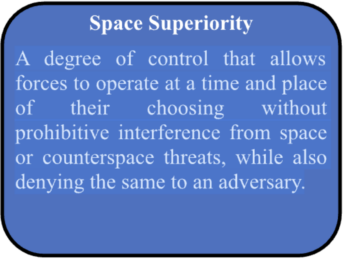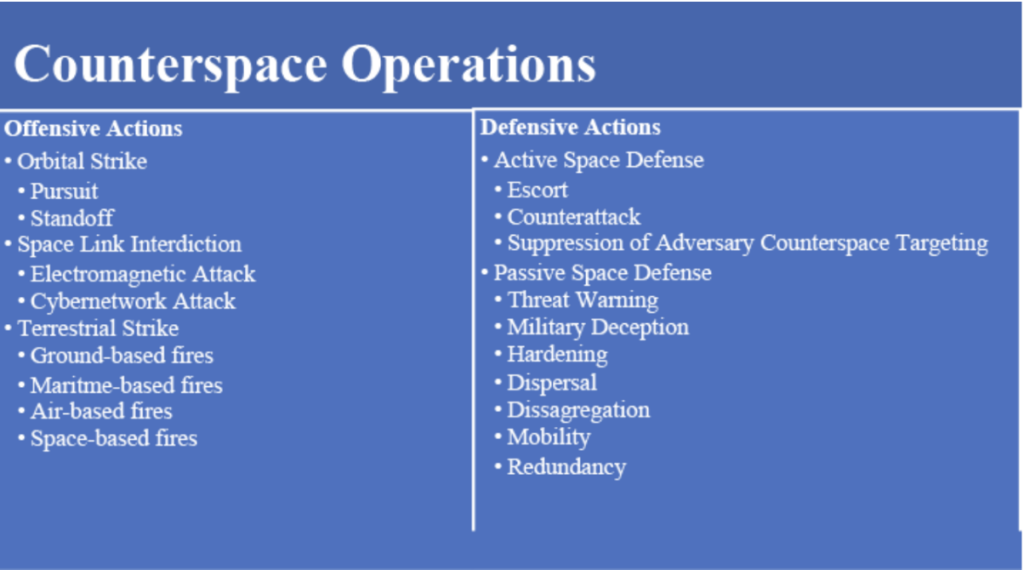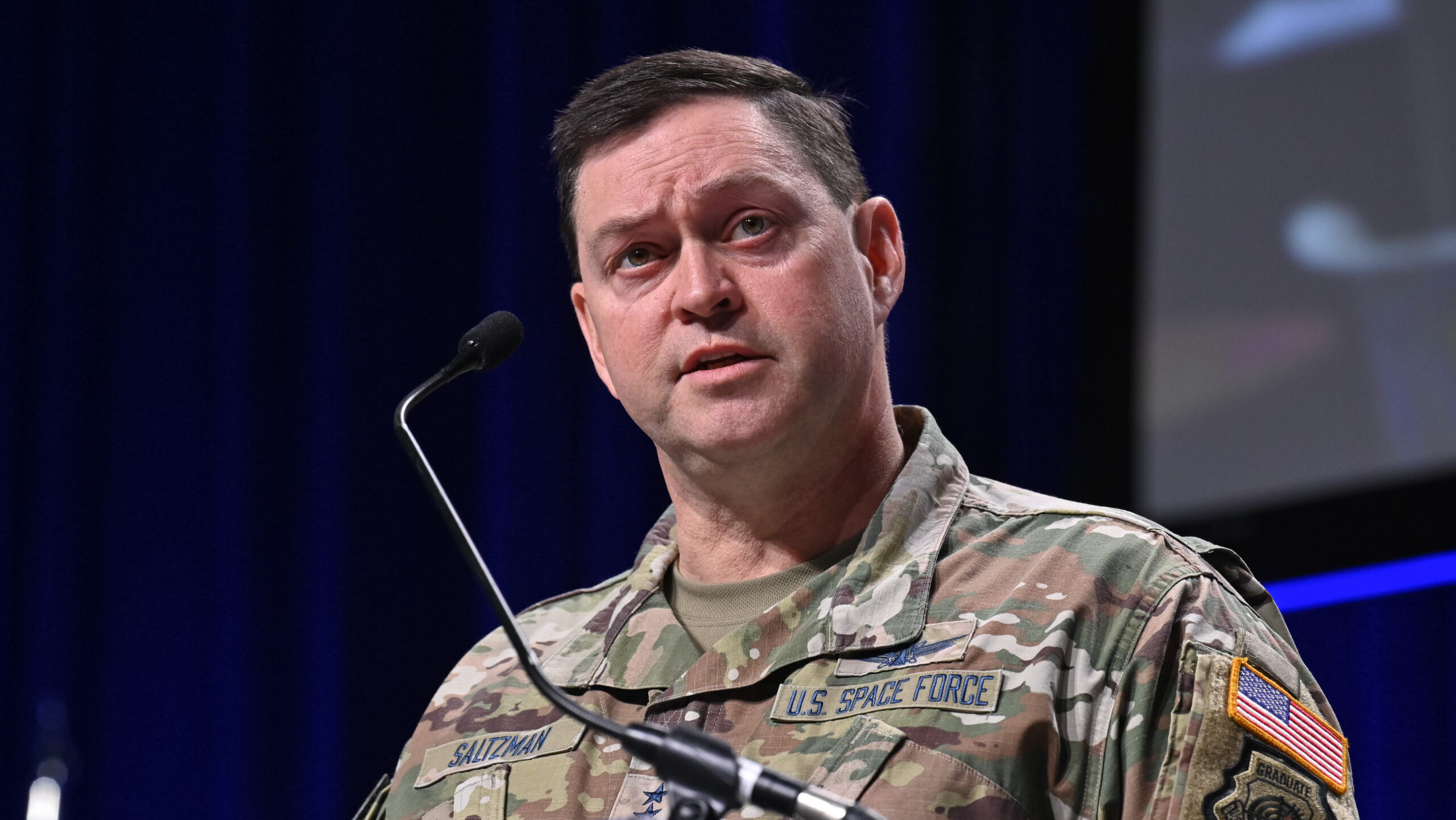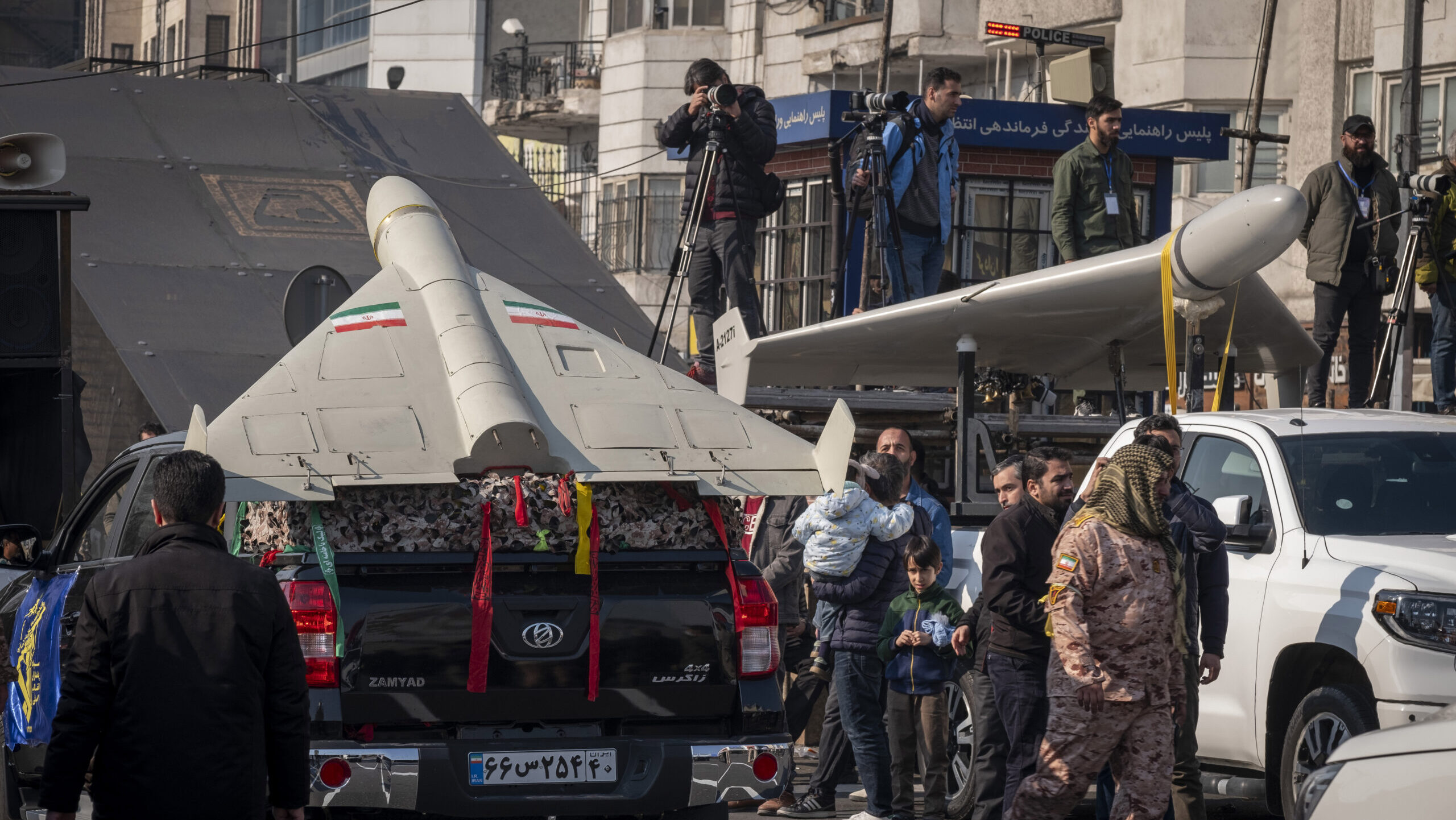Space Force’s new ‘warfighting framework’ says ‘space superiority’ is basis of US military power
The document argues that the US needs to establish space superiority as a precondition for winning a war, and explains that the Space Force does that by exercising “space control.”


Members of the 18th Space Defense Combat Squadron, a unit assigned to U.S. Space Forces – Space under the USSF Force Generation model, observe orbital data at Vandenberg Space Force Base, Calif., Oct. 4, 2024. (David Dozoretz / Space Forces Space)
WASHINGTON — A new Space Force document detailing its “warfighting” role not only claims the achievement of “space superiority” as the service’s own raison d’etre, but also asserts that control of space is the central foundation of US military power.
“Space superiority is not only a necessary precondition for Joint Force success but also something for which we must be prepared to fight. Gained and maintained, it unlocks superiority in other domains, fuels Coalition lethality, and fortifies troop survivability. It is therefore the basis from which the Joint Force projects power, deters aggression, and secures the homeland,” writes Chief of Space Operations Gen. Chance Saltzman in his forward to the service’s “Space Warfighting Framework” released today.
Lt. Gen. Shawn Bratton, Space Force deputy chief of space operations for strategy, plans, programs and requirements, told reporters on Wednesday that the framework is mainly “inwardly focused,” designed for training and educating Guardians and helping to guide service planning for future conflicts.
“This document is very specific to the our core function of space control and how we think about warfighting in space,” he said.
Bratton explained that the framework also will assist Guardians to flesh out current and future requirements for weapon systems.
“I think there are concepts in here that we don’t maybe we don’t have capabilities for today, that maybe it’s time to start thinking about those things,” he said.
The Warfighting Framework essentially is a guidebook to how the Space Force intends to conduct warfare “in, from and through” space. But it also seeks to establish the centrality of the service’s space warfighting mission to joint military operations against peer adversaries China and Russia.
According to the executive summary, the framework:
- Provides a structured approach to analyze and organize space superiority;
- Describes space superiority as a necessary precondition for Joint Force success;
- Contextualizes space superiority with space control and counterspace operations;
- Explains types of operations nested under offensive and defensive actions;
- Describes how the United States Space Force gains and maintains space superiority.
Space Superiority

USSF “Space Warfighting Framework” stakes out space superiority as the service’s primary mission. (Screengrab)
The document argues that space superiority is a “joint force priority.”
Space superiority “allows military forces in all domains to operate at a time and place of their choosing without prohibitive interference from space or counterspace threats, while also denying the same to an adversary. Space superiority extends beyond protecting friendly space capabilities from attack, it also encompasses protection of friendly forces in all domains from space-enabled attack,” it explains.
The framework argues that if both the US and its adversary in a future war have full use of space capabilities, the US will be at a disadvantage because the joint force will be at risk due to space-enabled adversary targeting. Likewise, it says, the US would be disadvantaged by neither side being able to use space because of the joint force’s heavy reliance on space capabilities.
Thus the document concludes that the US needs to establish space superiority as a precondition for winning a war, and explains that the Space Force does that by exercising “space control.”
“Space control is a core function of the USSF to achieve space superiority,” and relies on both “offensive and defensive” actions called “counterspace operations,” the document states. Counterspace operations can occur in three missions areas: orbital warfare, electromagnetic warfare and cyber warfare, it adds.
The document further elaborates a long list of offensive and defensive counterspace operations that could be undertaken by the Space Force in a conflict.
Offensive and Defensive Counterspace
Offensive actions include “orbital strike” and “space-base fires” on terrestrial targets, according to the document, though it doesn’t elaborate on what each term could mean practically. (Orbital strike, in particular, could refer to one of the future capabilities Bratton mentioned.)
Defensive actions fall into two baskets: “active space defense” and “passive space defense,” the document states. The former “consists of direct actions taken to disrupt, degrade, deny, or destroy ongoing or imminent attacks against friendly space forces, assets, and capabilities,” the framework states. The latter, on the other hand, encapsulates measures and activities that up to now have been referred to as “resiliency” by Space Force brass — a concept that has been touted as one of the service’s top priorities. Interestingly, the word “resilience” doesn’t occur even once in the Warfighting Framework.
Finally, the document defines baseline concepts for space operations — from command and control to space domain awareness to “movement and maneuver” — and outlines how these concepts are to be factored into Space Force planning, as well as ultimately into joint operational planning.
“Importantly, the USSF is the lead for fires, intelligence, movement and maneuver, protection, and sustainment in, from, and to space, and it is purposely trained to deliver space superiority for the Joint Force,” it stresses.
Bratton said that for him a key takeaway from the document is the Space Force’s firm belief that one of its core missions is “protecting the joint force from space-enabled attack” — clearly an offense-heavy mission that Saltzman and other senior Space Force officials now tout as the service’s first priority.
“We fight in space to protect … a soldier, a sailor and an ariman,” he said.










































































































































































